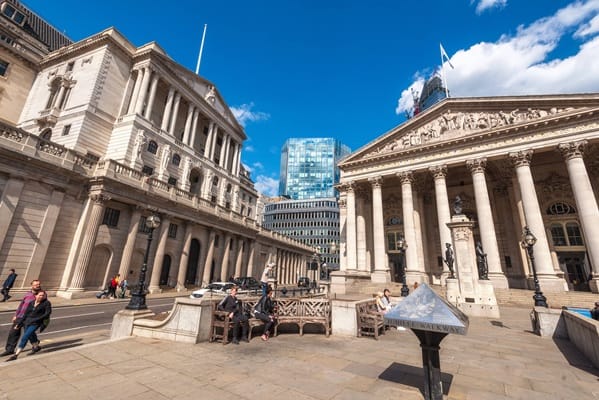Bussiness
Bank of England to cut rates, but investors demand 2025 roadmap – London Business News | Londonlovesbusiness.com

This week, the Bank of England is widely expected to cut interest rates again, marking its second reduction since August.
With rates likely to drop by a quarter point to 4.75%, investors are already turning their focus to what 2025 might hold for monetary policy.
After inflation hit its lowest level in over two years and wage growth cooled, markets had hoped for a swift rate-cutting cycle. However, expectations have been tempered after the government’s Autumn Budget, which is forecasted to push inflation higher next year.
What investors, both domestic and global, want most from the Bank of England in 2025 is a steady hand and clarity.
They’re looking for the right balance between supporting economic growth and managing inflation.
The recent budget, with its £70bn increase in annual spending, has introduced uncertainty into the inflation outlook.
If inflation is expected to remain sticky, the BoE may be forced to slow its rate-cutting cycle, something investors are now pricing in. The original expectation of nearly five quarter-point cuts next year has been scaled back, with many now predicting less aggressive action from the central bank.
For global investors, stability in the UK’s monetary policy is crucial. With the UK economy already having been through a turbulent few years, from Brexit to the pandemic and energy price shocks, the need for predictability is greater than ever.
A well-telegraphed rate-cutting path would give businesses confidence to plan their investments, knowing that borrowing costs will gradually fall.
Sudden, sharp changes in policy, on the other hand, could create unwanted volatility and deter long-term investment, especially from international players.
Domestically, UK businesses and households are hoping for relief from high borrowing costs, but they also know that inflation remains a threat.
The Bank of England’s cautious approach to lowering rates reflects the reality that inflation could pick up again, driven by higher business costs and rising energy prices. While investors would welcome a series of steady rate cuts in 2025, they are acutely aware that the BoE cannot ignore inflationary pressures, particularly if the sharp increase in government spending pushes prices up faster than anticipated.
The main concern for investors is that the BoE’s hands may be tied by inflationary pressures, forcing a slower pace of rate cuts than many had hoped.
Should inflation rise beyond the 2.5% to 2.6% forecast by the Office for Budget Responsibility (OBR), the BoE will need to remain cautious. This could limit the number of rate reductions next year, disappointing those hoping for a more aggressive easing of monetary policy.
However, what investors don’t want is for the Bank of England to swing too hard in either direction. A dramatic shift toward slashing rates could fuel inflation, while an overly conservative approach could stifle economic growth.
What’s needed is a gradual, well-signalled reduction in rates that aligns with the broader economic picture—supporting growth without letting inflation spiral out of control.
As 2025 approaches, communication from the BoE will be key. Investors will be looking for clear signals about the trajectory of rates, with the BoE needing to strike a delicate balance between addressing inflation risks and providing much-needed economic stimulus.
Global markets, in particular, are watching closely, as uncertainty around UK monetary policy could weigh on the country’s attractiveness as an investment destination.
If the central bank can communicate its intentions effectively and stick to a measured pace of rate cuts, it will help restore confidence and encourage investment.
The alternative – uncertainty and mixed signals – could prolong the economic challenges that the UK has faced in recent years. For now, all eyes are on this week’s decision and what it signals about the road ahead.








